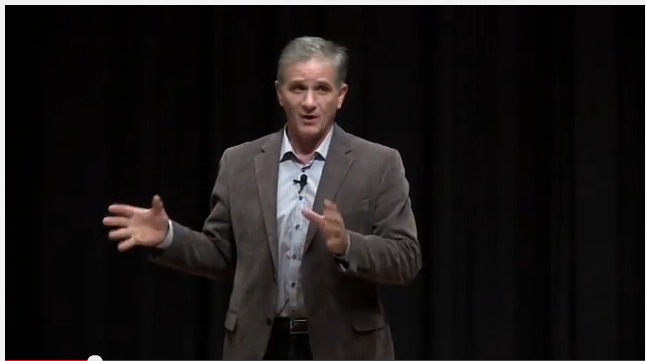A
few weeks ago I was at home, cutting what may seem like run-of-the-mill hay to
the untrained eye:
But, upon closer inspection you may (or more likely may not,
due to my photography skills) see what is growing in that field:
Still
can’t tell? Here’s a close-up brought to you by Google images since I forgot to
take one:
 |
| The dreaded crabgrass |
You might recognize this as a weed that has plagued your
neighbor’s lawn and is slowly encroaching on your own, the dreaded Crabgrass,
and this field has it growing about 3 feet tall. So if this weed is growing like crazy in the
field, why am I swathing and baling it instead of spraying it with herbicide or
working it under? The answer is cows. Cows can take this weed and turn it into
delicious beef.
This got me thinking about what else cows eat that’s
unusual, then I looked at my shirt. It’s
made of cotton. After cotton is harvested,
the seeds are separated from the fibers.
Ranchers can buy those seeds or the seed hulls and mix them into a
ration for cattle.
In my lunchbox I had a sandwich and a cookie. Large scale bakeries have products that have
imperfections such as broken cookies.
Folks with cattle that live near large bakeries can buy these products
and feed them to their cattle. In the
end the bakeries don’t have to throw away products that people don’t want to
eat, and ranchers get a low-cost feed ingredient.
The pickup I was driving that day had gasoline in it that
was 10% ethanol. Ethanol is made from
distilling corn, and after the distillation process is complete, powdery corn
leftovers are… well leftover. In the
cattle industry these are known as distiller’s grain. Distiller’s grain makes for a great ration
ingredient to add protein, phosphorus, and sulfur to a bovine diet.
The moral of this story is cattle are great at
recycling. They take byproducts of
everyday items and, with the help of their ruminant digestive system, turn them
into food for people. So what do cows
eat? Just about anything. Thanks for reading, and as always if you see
or hear of something that concerns you about where your food comes from, ask a
farmer.
Eat Beef,
Bruce Figger

































